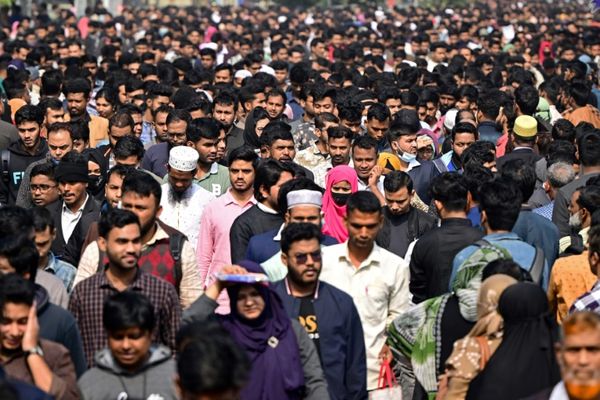
If there was one woman who played a key role in the spread of dominion by Maharaja Ranjit Singh (17801839), the founder of the Sikh Empire, it certainly had to be Sada Kaur (1762-1832), his mother-in-law and the matriarch of the Kanhaya misl.
For, she had the remarkable foresight to see that Punjab was up for grabs and her son-in-law could be positioned to fill the vacuum created by the decline of the Mughals and the Afghans.
The saga of this extraordinary woman is penned in detail by Boston-based author Sarbpreet Singh in his newly published book ‘The Camel Merchant of Philadelphia: Stories from the Court of Maharaja Ranjit Singh’ which has been received with great interest and curiosity by many at book readings and launches in cities.
“Chroniclers of Sikh history like Muhammad Latif and Khushwant Singh acknowledged in passing the role played by Sada Kaur in guiding Maharaja Ranjit Singh in taking on the Afghans and spreading his dominion over Punjab, including the conquest of Lahore,” Sarbpreet Singh told HT.
Sada Kaur was the wife of Gurbaksh Singh Kanhaiya who was killed by Ranjit Singh’s father Maha Singh. Sensing that Ranjit Singh was the rising star, she married off her daughter Mehtab Kaur to him.
When young Ranjit spoke to the Sikh chieftains at the Sarbat Khalsa to unite and unify Punjab, he was speaking the words of his motherin-law.
Sarbpreet adds, “Then Sada Kaur spoke with passion invoking the Sikh Gurus and reminding the assembly of their valour and rest is history. But Ranjit Singh’s marriage to the beautiful but haughty Mehtab was not a success as the she never forgot that her father was killed by her father-in-law. When Ranjit Singh married Raj Kaur and declared Kharak Singh his heir, Sada Kaur was devastated. The relationship grew bitter and ended on a sad note but it was Sada who rode with the Maharaja in the conquest of Lahore.”
COURTESAN MORAN
The other woman about whom the author has written in detail is the Maharaja’s beloved Moran, a 13-year-old nautch girl of Lahore who bewitched him with her “peacock-like dance and bewitching glances.
The Pul Kanjari (the prostitute’s bridge) was the meeting place for the two but obstacles arose when the Maharaja expressed his desire to marry her. The author remarks: “Moran’s father Mian Samdu, a leader of the Kanjar community, opposed the match because they were Muslims.
The hurdlewas that he would have to build a fire in his father-in-law’s kitchen with his own hands. Many thought that the Maharaja would never do the lowly task but he agreed without batting an eyelid.”
The orthodox Sikhs were not pleased and the Maharaja’s wives did not like it. The Akal Takht summoned Ranjit Singh for an apology which he offered with bowed head and folded hands.
Giving up her profession of a courtesan after marriage, Moran lived the life of a devout Muslim woman and was called Bibi Moran. The author says: “The Maharaja built her a mosque in the walled city of Lahore. The year of Moran’s death is not known but after the Maharaja passed away, she spent her time and money setting up schools for studying Persian and Punjabi.”
WHY NO GIRL CHILD?
Sarbpreet says that a question he is often asked by women readers and relatives is that how come the Maharaja never had a girl child. “My answer is that he may have had but his official biographer Sohanl Suri would not have dared to write about her and the European biographers had no access to the harem,” he says.
First Published: Jul 25, 2019 19:31 IST







